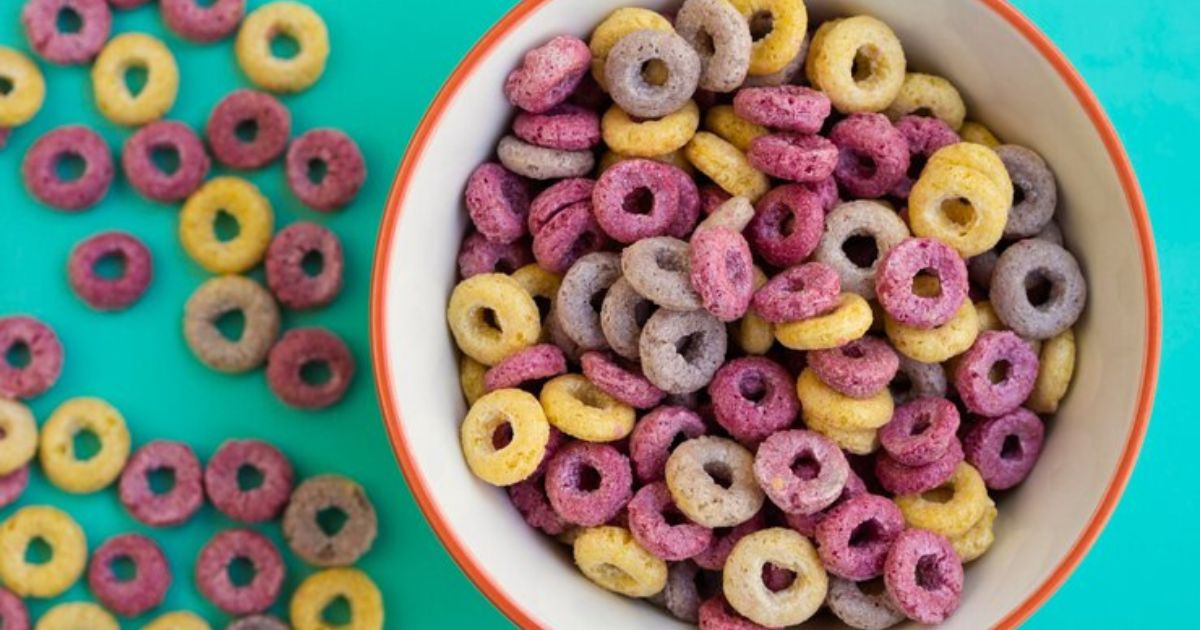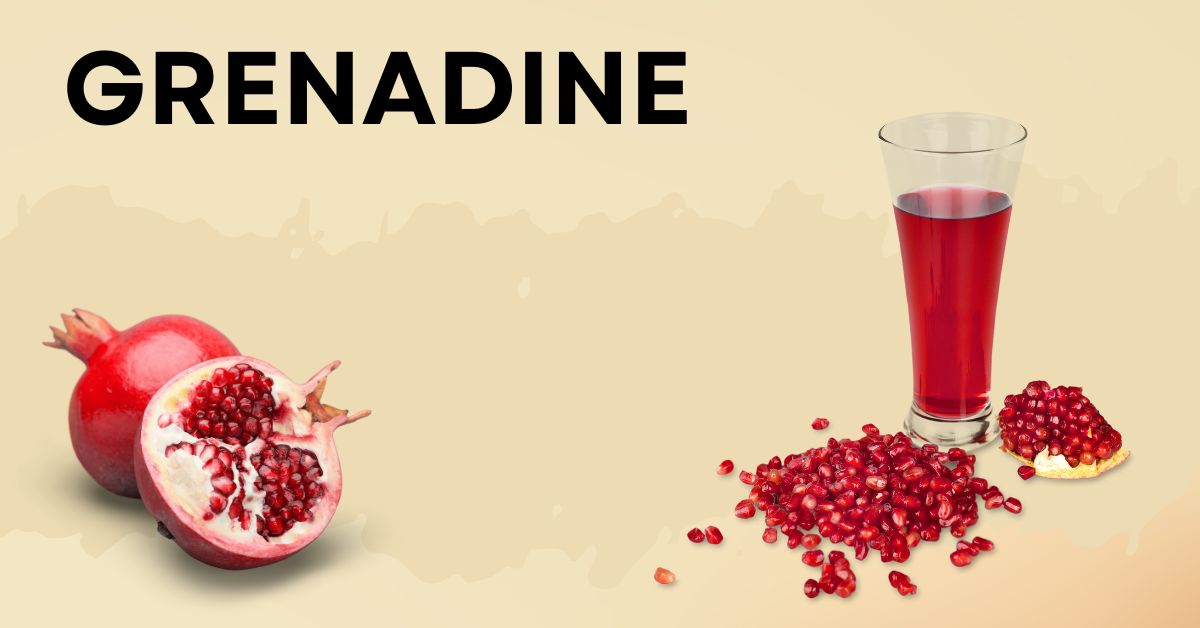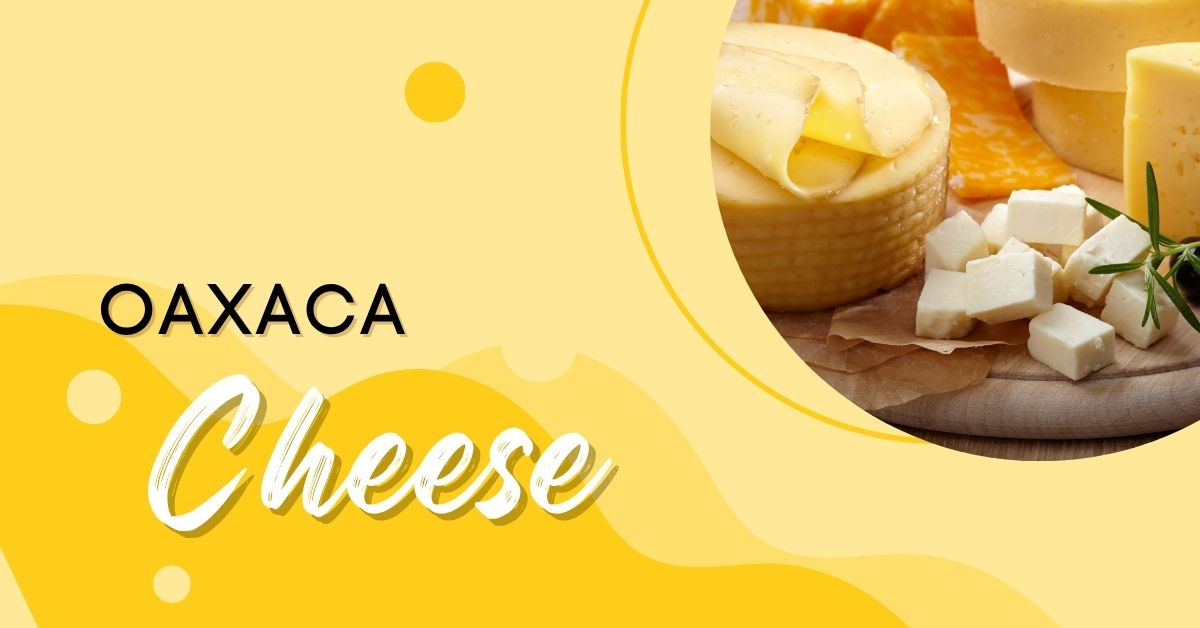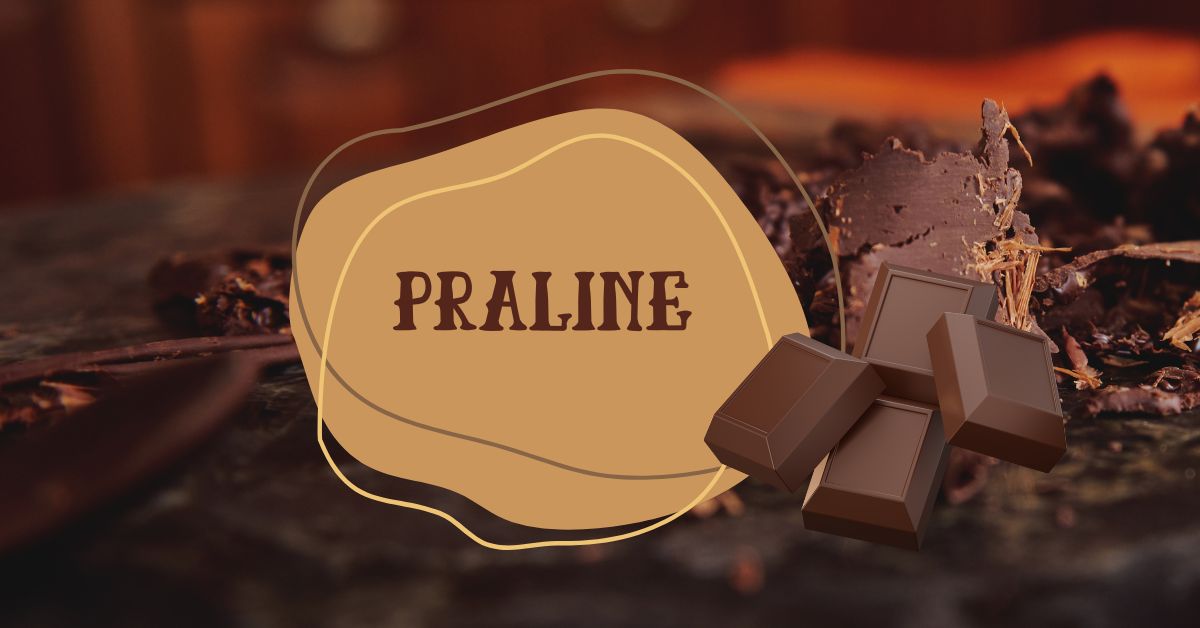Froot Loops is a well-loved breakfast cereal that has stood the test of time. Since its introduction in the 1960s, it has been a colorful staple in households across the world. Its vibrant colors, fruity flavors, and fun shape have made it a favorite among children and adults alike. But what’s really in Froot Loops? How did it become so iconic, and what nutritional value does it offer? This article will dive deep into the origins, ingredients, and fun facts about this popular cereal.
The Origins of Froot Loops
Froot Loops was first introduced by Kellogg’s in 1963. Its fruity flavor, combined with the convenience of a ready-to-eat breakfast, quickly caught on. Initially, it was marketed as a way to make breakfast more fun and colorful, appealing especially to kids. The cereal was introduced during a time when Kellogg’s was expanding its range of sugary cereals aimed at a younger audience. This strategy helped solidify Froot Loops as a household name, not just in America but globally.
What Are Froot Loops Made Of
Froot Loops are made primarily from corn, wheat, and sugar. These ingredients are processed into a dough, shaped into the signature loops, and then coated with vibrant colors. The colorful rings are one of the cereal’s most recognizable features, but their flavors and ingredients have evolved over time.
Primary Ingredients: The main components of Froot Loops include corn flour, wheat flour, sugar, and vegetable oil. These are processed to form the base of the cereal.
Colors and Flavors: Despite the different colors—red, green, blue, yellow, purple—the actual flavors don’t vary significantly. Initially, Froot Loops were marketed as having a variety of fruity flavors, but in reality, they all have a similar fruit-blend taste.
How Froot Loops Got Their Name
The name “Froot Loops” is a playful twist on the word “fruit.” The spelling “Froot” was chosen to make it more fun and catchy, appealing to kids while hinting at the fruity flavors inside. Additionally, the “Loops” part refers to the cereal’s iconic ring shape. This clever branding has helped Froot Loops maintain its popularity for decades.
Toucan Sam: The Face of Froot Loops
Toucan Sam, the cheerful, multicolored bird, has been the face of Froot Loops since the cereal’s inception. With his distinctive beak and his catchphrase “Follow your nose! It always knows!” Toucan Sam quickly became one of the most recognizable cereal mascots. The bird’s character was designed to guide children to the delicious fruity cereal, making it more appealing and memorable. Over the years, Toucan Sam has evolved, with changes in his design and even his voice, but his role in promoting Fro’ot Loops remains strong.
The Fun of Eating Fro’ot Loops
Eating Fro;ot Loops is more than just having breakfast; it’s an experience. The crunch of the cereal combined with its sweet, fruity taste makes for a delightful start to the day. The rainbow of colors adds a playful element to every bowl, making it particularly appealing to children. Some even enjoy eating it dry as a snack, without milk.
Fro’ot Loops and Milk: The Perfect Pairing
When Fro’ot Loops are paired with milk, they take on a new dimension. The milk softens the crunchy rings, and as the colors dissolve slightly into the milk, it creates a fun, colorful display in the bowl. This mix of colors and tastes adds to the overall sensory experience of eating Froot Loops.
Nutritional Facts About Fro’ot Loops
While Fro’ot Loops are undeniably fun to eat, they are also packed with sugar. One serving (around 1 cup) contains about 12 grams of sugar, which can be high for those watching their intake. Here’s a quick breakdown of the nutritional content of Fro’ot Loops:
Calories: Around 110 calories per serving (without milk).
Sugar Content: 12 grams of sugar per serving.
Fiber: 2 grams of dietary fiber.
Vitamins and Minerals: Fro’ot Loops are fortified with vitamins such as Vitamin C, B Vitamins, and iron, which can help boost their nutritional profile.
Despite the added vitamins and minerals, Fro’ot Loops are often classified as a sugary cereal, and moderation is key when consuming it.
Health Concerns Around Sugary Cereals
Sugary cereals like Froot Loops have been scrutinized for their potential health impacts, particularly when consumed regularly. High sugar intake has been linked to various health problems, including obesity and type 2 diabetes. For children, whose bodies are still developing, too much sugar can also lead to energy spikes and crashes, making it essential for parents to monitor their intake.
Are There Healthier Alternatives
For those looking for healthier alternatives to Fro’ot Loops, there are many other cereal options available. Whole-grain cereals with lower sugar content and higher fiber are generally recommended for a more balanced breakfast. Some brands even offer similar colorful, fruity cereals that use natural dyes and less sugar.
The Global Popularity of Fro’ot Loops
Fro’ot Loops has expanded far beyond the United States. It’s now available in countries all over the world, including Canada, the UK, and Australia. However, the flavors and packaging might vary slightly depending on the country. This global reach has cemented Froot Loops as one of the most recognizable cereals worldwide.
Fro’ot Loops’ Evolution Over the Years
Since its introduction, Froot Loops has gone through various changes. While the core product remains the same, Kellogg’s has introduced different variations to keep the cereal fresh and exciting. Limited edition flavors, different shapes, and even new packaging designs have helped keep the brand relevant in an ever-competitive market.
Fro’ot Loops Beyond the Cereal Bowl
Fro’ot Loops aren’t just for breakfast anymore! Over the years, creative fans have used the cereal in various recipes, including Fro’ot Loops marshmallow treats, cake decorations, and even smoothie toppings. Its bright colors and sweet taste make it a fun ingredient in many different culinary experiments.
The Future of Froot Loops
As consumers become more health-conscious, it will be interesting to see how Froot Loops adapts to future trends. Will Kellogg’s introduce a low-sugar or organic version? Only time will tell. However, one thing is certain—Froot Loops has secured its place in breakfast history and will likely continue to be a favorite for years to come.
Conclusion
Fro.ot Loops remains an iconic cereal, thanks to its colorful rings, fruity flavor, and playful mascot. While it may not be the healthiest option on the breakfast table, it has undoubtedly earned its place in the hearts of cereal lovers worldwide. From its origins in the 1960s to its current status as a global brand, Froot Loops continues to be a fun and nostalgic part of many people’s morning routines.
FAQs
Are Fro.ot Loops gluten-free
No, Froot Loops contain wheat, making them unsuitable for a gluten-free diet.
Do all Fro.ot Loops colors taste different
Despite their various colors, all Froot Loops rings have the same fruit-blend flavor.
Can Fro.ot Loops be part of a balanced breakfast
In moderation, Froot Loops can be part of a balanced diet, but it’s important to watch the sugar content.
How much sugar is in a serving of Fro’ot Loops
A single serving contains about 12 grams of sugar.












